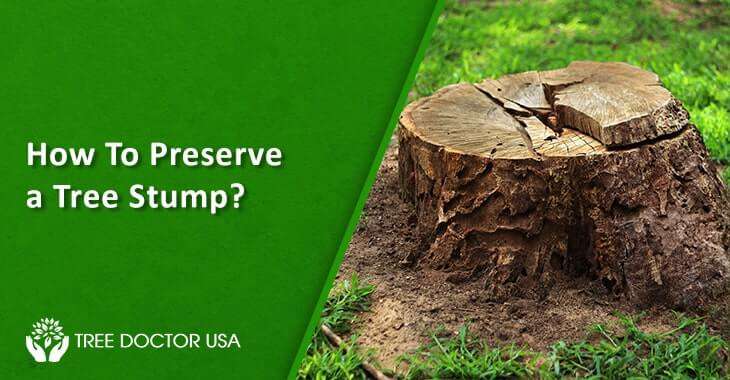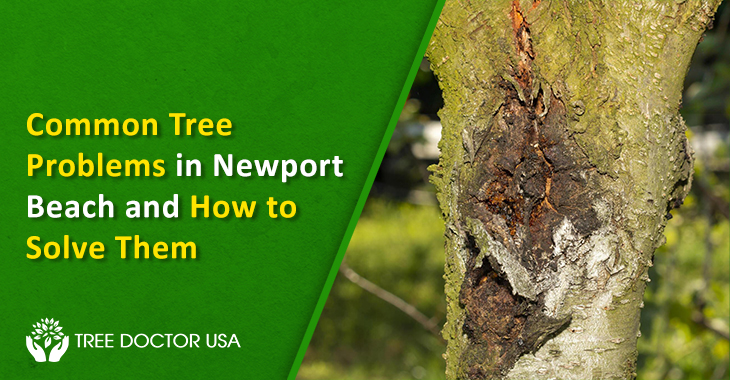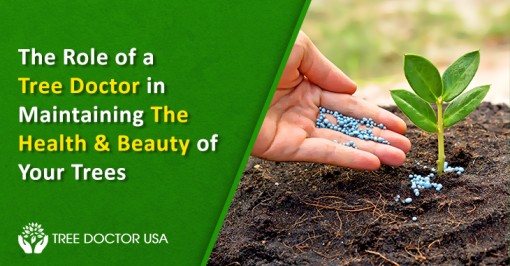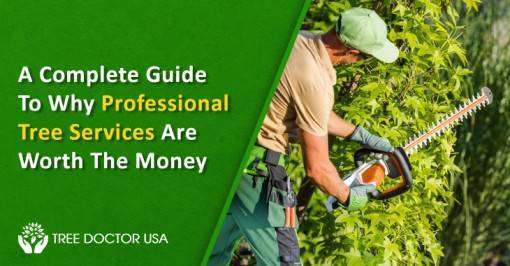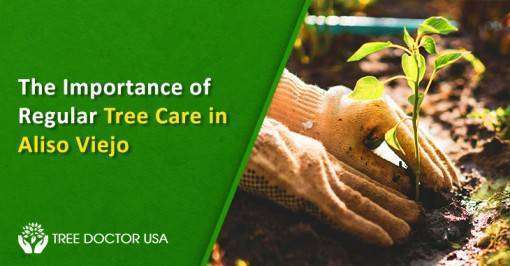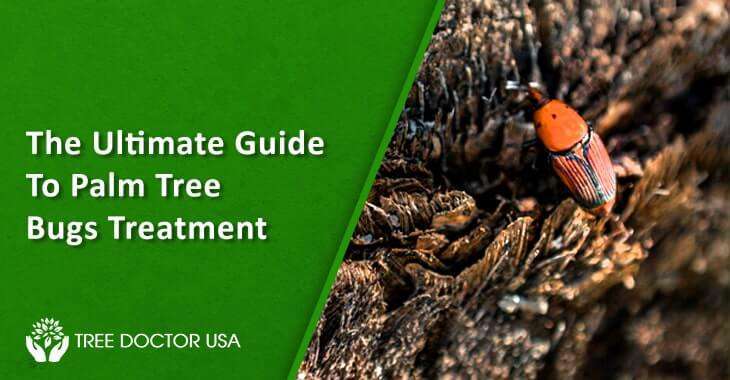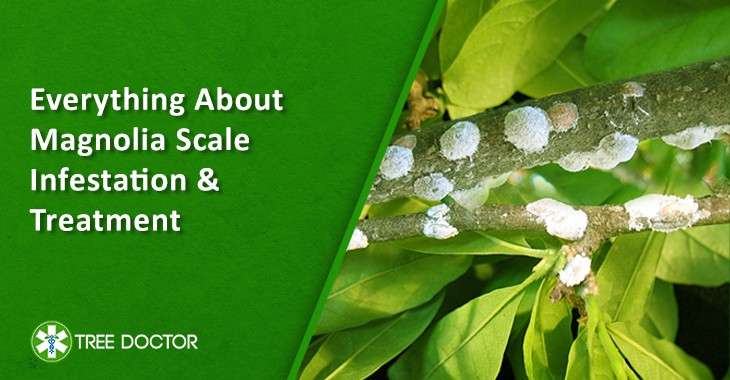How To Preserve a Tree Stump?
A tree stump is the base of a tree that has been cut down. A bunch of insects and diseases may infest tree stumps, and they can be difficult to remove. You can kill a tree stump by removing its leaves and branches, but this method will take several years. A quicker way to kill a tree stump is to drill holes in it and fill the holes with salt, herbicide, or other chemicals.
Steps to Follow to Preserve a Tree Stump
Tree stumps can be unsightly and difficult to remove. However, there are ways for tree stump preservation so that you can use it as a decorative element in your landscape. If you want to preserve a tree stump, you can do so by painting it, wrapping it in burlap, or sealing it with polyurethane. These methods will prevent pests and diseases from attacking the tree stump, and they will also help prevent the tree stump from decaying.
Preparing the Stump
The first step is to remove any leaves or branches that are still attached to the tree stump. After that, you should start sanding the large faces of the stump. Experts recommend taking off the top layer of the stump wood. You can also keep the bark around the wood, as it provides a more rustic aesthetic. Use a saw or other cutting tool to remove any remaining pieces of the tree. Next, use a drill to make several holes in the tree stump. The holes should be evenly spaced and about an inch deep.
Drying
After the stump has been prepared, it needs to be dried. Place the stump in a sunny location and allow it to dry for several weeks. Once the stump is dry, it can be painted or sealed.
Cleaning
Then the next step is to clean the stump. Use a wire brush to remove any dirt, debris, or dead bark from the surface of the stump. Next, use a drill to make holes in the top and sides of the stump. These holes will allow water and air to reach the center of the stump and help it to decompose more quickly.
Next, fill the holes with a mixture of water and vinegar. The acid in the vinegar will help to speed up the decomposition process. Finally, cover the stump with a tarp or plastic sheeting to protect it from the elements.
Sanding and Filling the Cracks
The next step is to sand the surface of the stump. Use a power sander or a hand sander to remove any roughness from the surface of the stump. Be sure to wear a dust mask while you are sanding to avoid breathing in the dust.
Filling the Gaps and Wood Imperfections
Once the stump is smooth, use a putty to fill any cracks or holes in the surface of the stump. Use a wood filler that is made for outdoor use. Be sure to read the directions on the package before you begin.
Once the wood filler has dried, sand the surface of the stump again to smooth out any roughness.
Preserve the Bark
To preserve the bark on a tree stump, use a paintbrush to apply a thick layer of polyurethane to the entire surface of the bark. Once the polyurethane has dried, it will create a waterproof barrier that will prevent pests and diseases from attacking the tree stump.
You can also wrap the tree stump in burlap or plastic sheeting to further protect it from the elements.
Preserve the Trunk Slices
Here are some tips on how to preserve tree trunk slices:
- First, make sure that the slices are completely dry. If damp, they will make a desirable place for mold and mildew to thrive.
- Second, you will need to seal the slices. You can do this by brushing on a thin layer of polyurethane or varnish.
- Third, allow the slices to cure for at least 24 hours before using them.
How to Preserve Stump of Trees with Still-In-Ground Roots
There are a few ways to keep your stump and roots healthy while still in the ground. Chemical preservation is one method that involves using a variety of chemicals to kill off any decay-causing organisms present in the wood. It will help to extend the life of your stump significantly. If you decide to go this route, consult with a professional to ensure that you are using the right products and following all safety protocols.
Another option for preserving your stump is through physical means such as wrapping it in a tarp or plastic sheeting. It will help keep moisture and decay-causing organisms out, allowing your stump to last much longer. Be sure to check on your stump regularly, though, as wraps can loosen over time and need to be retightened periodically.
Whichever method you choose, preserving your stump will take some effort on your part. But with optimum care and attention, you can keep your tree’s roots healthy and strong for many years to come.
Why Should You Preserve a Tree Stump?
A tree stump can offer many benefits to your property, including providing stability to the soil, preventing erosion, and serving as a home for wildlife. Preserving a tree stump can also add to the aesthetic appeal of your landscape. There are a few different ways to preserve a tree stump, depending on your goals.
Prevents the Invasion of Pests
One of the most significant benefits of preserving a tree stump is that it can help prevent the invasion of pests. Insects and other critters are attracted to rotting wood, which can make your stump a target for infestation. By preserving the stump, you will make it less appealing to these pests and help to keep your property free from infestation.
Preserve From Moisture And Rots
Another reason to consider preserving your stump is to protect it from moisture and rot. Stumps that are left exposed to the elements can quickly become waterlogged, leading to decay. This can make your stump unstable and unsafe. By preserving the stump, you will help to keep it dry and protected from the elements, prolonging its life.
Expert Tips for Effective Preservation of Bark on a Tree Stump
There are some expert tips for how to preserve the bark on a tree stump:
1. Preserving the bark on a tree stump can help to create an interesting and unique natural feature in your garden or landscape.
2. The best time to preserve the bark is immediately after the tree has been cut down.
3. If you are not able to do this, you can still preserve the bark by using a tree stump sealer.
4. Make sure that you remove any loose bark before applying the sealer.
5. Apply the tree stump sealer evenly and allow it to dry completely before proceeding with your landscaping plans.
Conclusion
Preserving a tree stump can offer many benefits to your property, including preventing the invasion of pests, protecting from moisture and rot, and adding to the aesthetic appeal of your landscape. There are a few different ways to preserve a tree stump, depending on your goals. When preserving the bark on a tree stump, it is best to do so immediately after the tree has been cut down. If you are not able to do this, you can still preserve the bark by using a tree stump sealer. Apply the tree stump sealer evenly and allow it to dry completely before proceeding with your landscaping plans.

